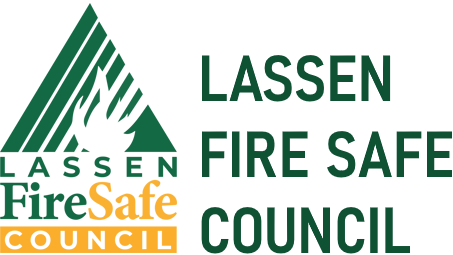Lassen County Tree Mortality Taskforce December 19, 2016
January 9, 2017
Attendees:
- Laurie Tippin Honey Lake Valley RCD Richard Egan Lassen County
- Ian Sims Honey Lake Valley RCD Mark Shaffer Honey Lake Power
- Cort Cortez LMUD Christian Siemer NRCS
- Heidi Ramsey NRCS Kristy Hoffman SNC
- Shane Starr Rep. LaMalfa Danny Cluck USFS
- Leah Sandberg CalFire
California Tree Mortality Update – Danny Cluck: Danny provided a brief write up with charts and maps of tree mortality information from the 2016 aerial survey, including information on a county basis for northeaster California. Tree mortality has increased about 30% in Lassen County from 2015 levels; however, the amount of new mortality is not significant compared to the total number of trees growing in Lassen County (<1% of trees have died). The normal to above normal precipitation received in the winter of 2015/2016, spring and summer has likely boosted tree defenses. The number of dying trees in 2017 will help determine if the precipitation levels made a difference in reducing the number of trees that were successfully attacked by bark beetles in 2016. Preventative efforts to maintain a healthy forest and healthy trees should be the focus of landowners in Lassen County. The 2016 Tree Mortality/Aerial Detection Survey Results for Northeastern California document will be emailed to the Taskforce upon public release.
Working Group Updates:
Risk Assessment Group: The USFS created a strategic assessment and database of the potential hazard for tree mortality due to major forest insects and diseases (2013-2027) that can be used to identify lands at risk for forest pest activity. The USFS within California has added this risk layer to the statewide Tree Mortality Viewer (http://egis.fire.ca.gov/TreeMortalityViewer/) to help local efforts focus efforts to address local tree mortality issues. The Group can identify and map areas within the county at high risk for pest activity, which can help focus our outreach and education efforts.
Lessons Learned Group: The Lessons Learned Group provided a summary of the lessons learned from the bark beetle epidemic in Southern CA in the early 2000’s that Mark Shaffer was engaged in (see attachment).
Outreach/Education Group: The Group shared a draft Public Service Announcement for comment. Most thought the article should provide basic info along with links to online resources and contact information for those who have questions or want assistance. The PSA will be reworked. Secondly, a draft PSA schedule of topics was introduced, which identified monthly PSA’s starting in February 2017. Consensus of the PSA schedule was tabled until the first one is released in February and we have a better idea of winter weather precipitation amounts – a revision of the topics may be needed.
Next Meeting: Agreed to convene in February 2017. A doodle poll will be used to determine when
HAPPY NEW YEAR!
